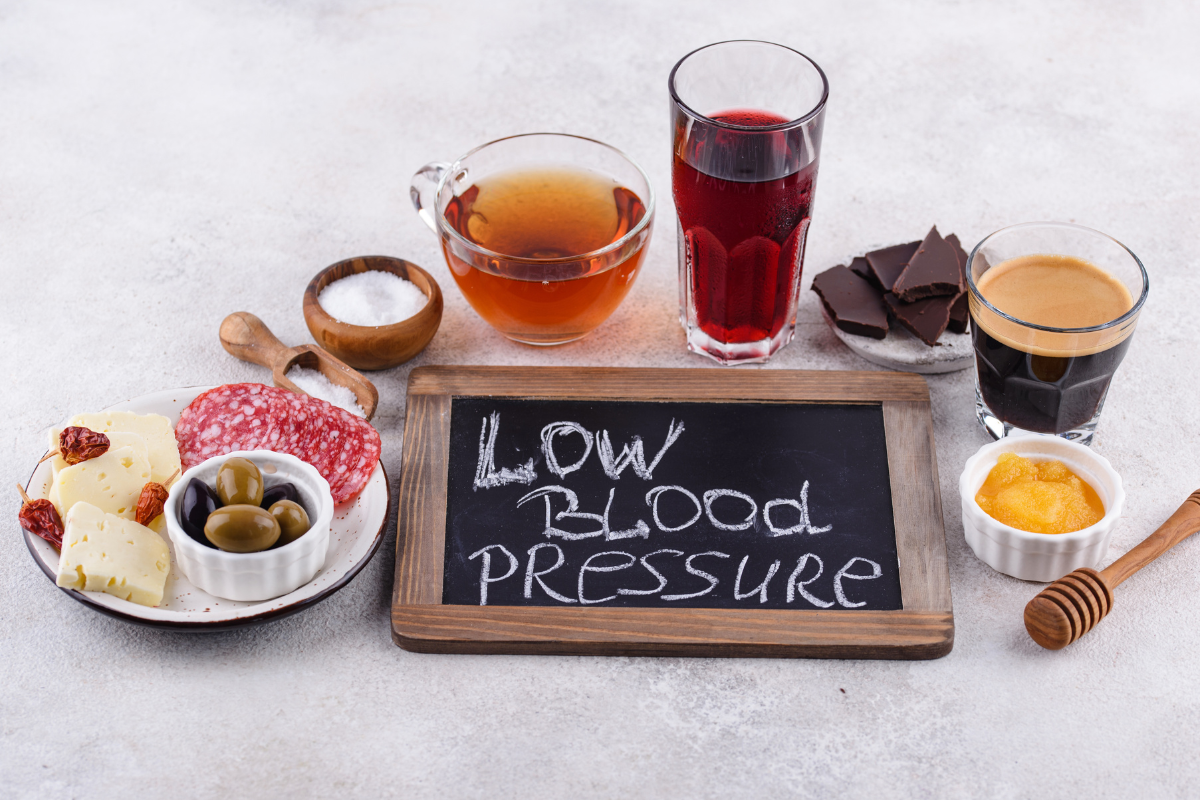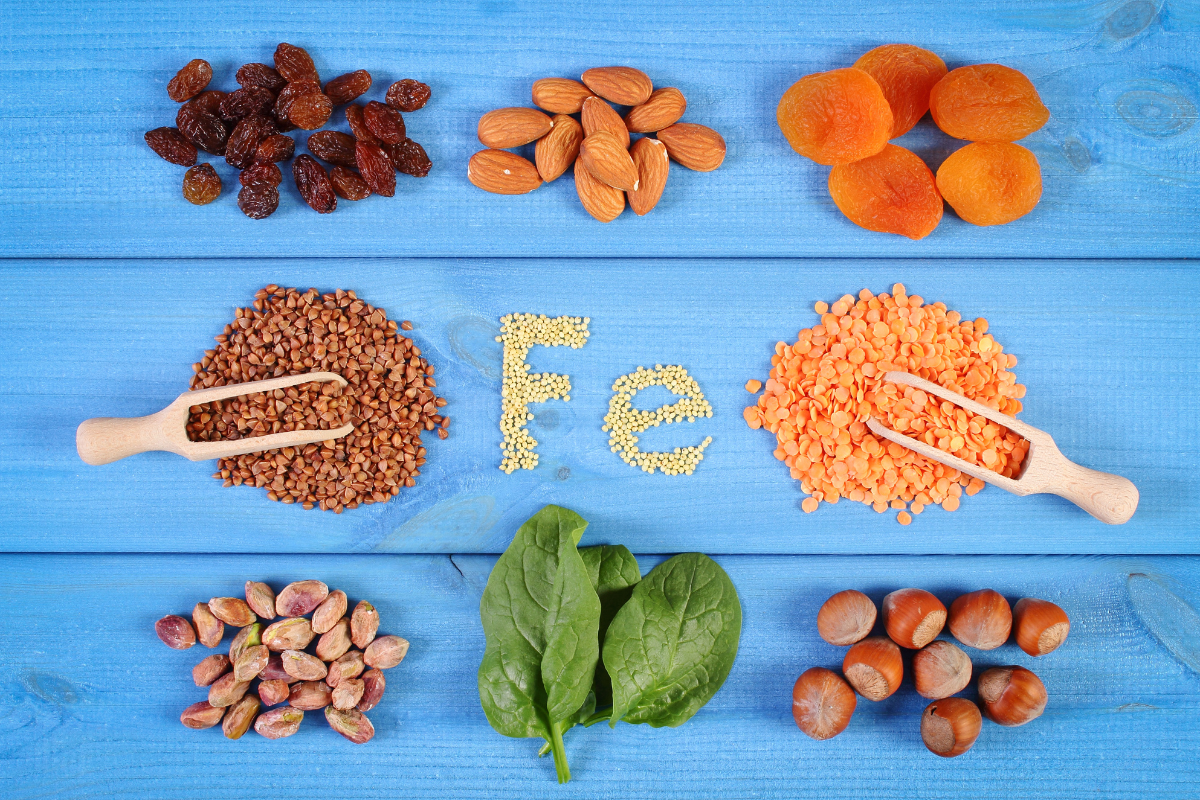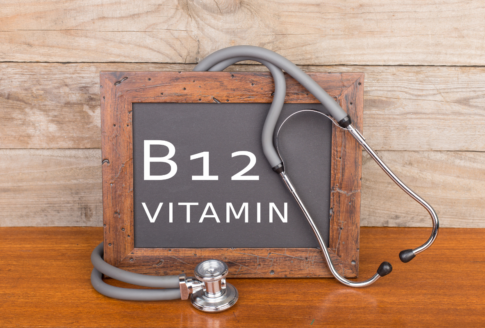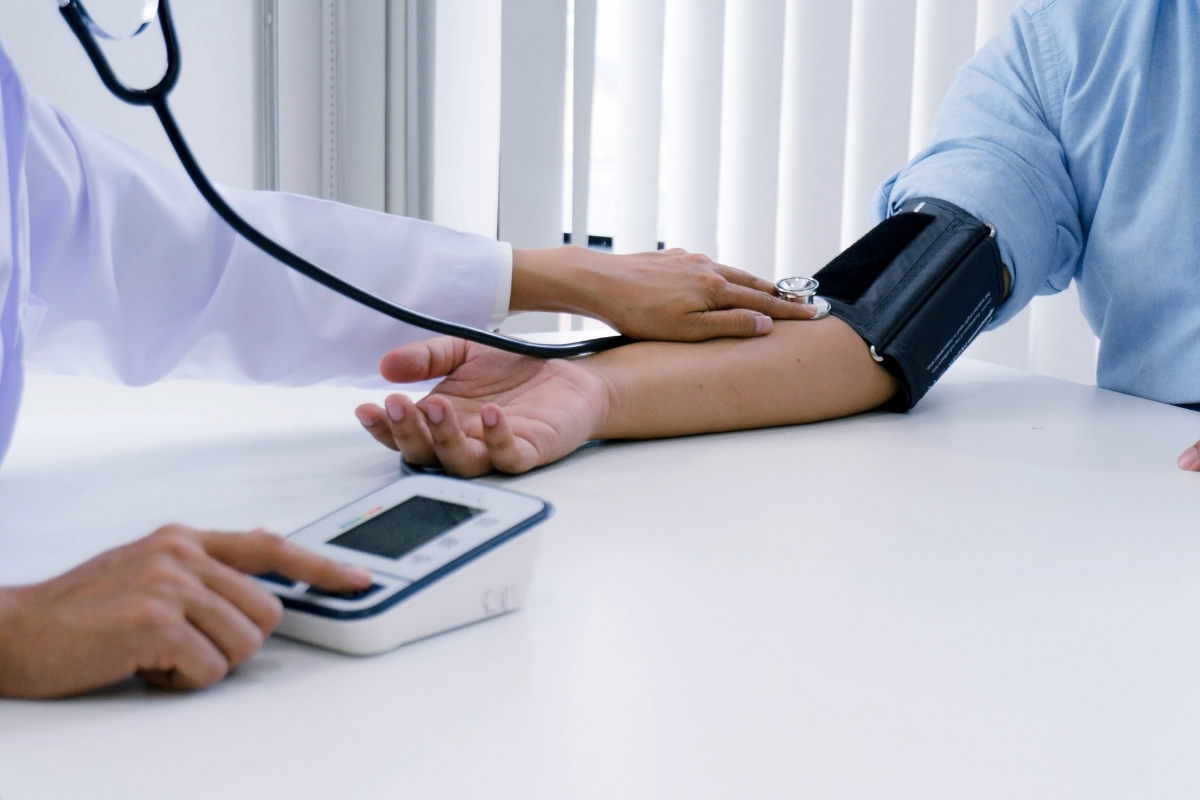Low blood pressure symptoms & causes

Although most of us know how dangerous high blood pressure (hypertension) can be, hypotension is rarely talked about, since it affects a smaller part of the population and is not considered as threatening to health.
But is this really true? Why can a person’s blood pressure drop sharply and where can the drop in its values lead?
Table of Contents
What is low blood pressure?
Low blood pressure is the condition in which the systolic (high) pressure value is less than 90 mm Hg and the diastolic (low) pressure value is below 60 mm Hg.
Ideal blood pressure values are generally considered those of 120 and 80 mm Hg respectively, with higher values (hypertension) being a major health concern and lower values (hypotension) often not being considered problematic.
This is because, in some cases, low blood pressure does not cause any symptoms and is not associated with any serious health problems. However, hypotension is usually accompanied by various symptoms, while it can even be life-threatening.
In any case, it is important to identify the cause of it so that it can be treated if necessary.
As many people know, blood pressure changes throughout the day and is affected by factors such as time of day, food, physical condition, medication, stress and body position.
Types of hypotension
Some of the most common types of hypotension are the following:
Postural/orthostatic hypotension → It refers to the sudden drop in blood pressure, caused when one gets up suddenly from a sitting position or from lying down. This type of hypotension is especially common in older adults.
Postprandial hypotension → Here, the drop in blood pressure occurs 1-2 hours after eating a large and/or high-carbohydrate meal. In this type of hypotension, it is recommended to eat small meals with a low carbohydrate content, as well as to drink enough water and avoid alcohol.
Neurally mediated hypotension → In this case, a drop in blood pressure is observed after prolonged standing. It is mainly seen in young adults and children.
What are low blood pressure symptoms?
As mentioned above, in many cases people with hypotension do not show any symptoms, with low blood pressure sometimes not being considered a health problem.
Usually, however, one or more symptoms are presented, both of low and high intensity and danger. Some of the most common symptoms are the following:
- Feeling dizzy and unsteady
- Pallor and weakness
- Blurred vision
- Dyspnea (rapid and shallow breathing)
- Fast and weak heartbeat
- Nausea
- Fainting
- Fatigue
- Irritability – confusion
- Difficulty concentrating
What causes low blood pressure?
Very low blood pressure values are likely to be due to a number of factors, with certain groups of people being at a higher risk than others. In general, anyone can manifest low blood pressure at some point in their lives.
When low blood pressure is accompanied by symptoms or the drop in its values occurs very suddenly, it is possible that this is caused by some pathological condition (disease) and/or by taking some medication.
Risk factors and possible causes for hypotension are the following:
- Dehydration → When dehydrated (due to insufficient fluid intake, diarrhea, vomiting, certain medications, etc.), our blood volume decreases and blood pressure may drop significantly.
- Endocrine disorders such as Addison’s disease, hypothyroidism, diabetes and hypoglycemia (low blood sugar).
- Heart problems (eg heart failure, bradycardia, arrhythmias).
- Medications (eg diuretics, antidepressants).
- Pregnancy → During the first 24 weeks of pregnancy, hypotension is often observed in women.
- Age 65+ → As the years go by, blood pressure naturally decreases, with people over 65 often experiencing hypotension, especially after meals.
- Liver disease
- Nutritional deficiencies (eg low levels of vitamin B12-folic acid-iron).
- Blood loss
- Allergic reaction
- Heat stroke
What can cause a sudden drop in blood pressure?
A sudden drop in blood pressure values can be due to various reasons. In any case, the underlying cause should be investigated and treated to avoid possible complications.
Causes of this type of hypotension include:
- Severe allergic reaction (anaphylaxis)
- Bleeding
- Blood infection
- Severe dehydration (e.g. from diarrhea, vomiting, fever)
- Heart failure
- Extreme temperatures (very low/very high)
When is low blood pressure dangerous?
Considering the symptoms and complications that are likely to occur from hypotension, it is easy to understand that this is a potentially very dangerous condition.
In particular, a sudden drop in blood pressure (more than 20 mm Hg per value) can cause a number of symptoms, such as dizziness and fainting.
In addition, extreme lowering of blood pressure can be life-threatening and is likely to occur, as mentioned above, in various situations (eg, anaphylaxis, septic shock).
It is very important that when symptoms suggestive of shock such as tachypnea, palpitations, confusion, paleness and cold skin occur, medical help is sought immediately.
At very low blood pressure values, the person can experience serious heart and brain damage, while even falling due to a fainting episode could lead to very serious injury.
What to eat for low blood pressure ?
The truth is that there is no special diet recommended for people with hypotension. Especially for those who have low blood pressure without symptoms and complications, it is possible that no change in dietary habits is required.
Nutritional recommendations made by experts are always personalized to properly serve the individual’s overall health.
The following are usually recommended:
- Adequate fluid consumption during the day
- Eating small and frequent meals
- Avoiding the consumption of alcoholic beverages
- Salt (added to food) and salty snacks
- Sufficient intake of vitamins B9 & B12
- Consumption of coffee or tea in the morning
The consumption of water and other liquids (e.g. juice, milk) is necessary for adequate hydration and prevention of dehydration.
In addition, the consumption of salt – by adding it to food or consuming a salty snack – should be done with caution and in amounts recommended by a competent health care provider. The same applies to the consumption of coffee and tea.
Are there any vitamins for low blood pressure?
In some cases, deficiency in certain nutrients can contribute to the appearance of hypotension. For example, vitamin B12 deficiency has been linked to orthostatic hypotension.
According to research, it seems that the adequacy of vitamins B9 (folic acid) and B12 – necessary components for the formation of red blood cells – is of great importance in preventing the occurrence of low blood pressure.
Vitamin B12 is found in various animal products (eggs, meat, dairy), while folic acid is mainly found in green leafy vegetables, liver and legumes.
If necessary, for example due to insufficient daily intake through food, it may be recommended to take a dietary supplement of vitamin B12, folic acid or even a combination of some vitamins (e.g. B-complex vitamins).
In addition, there are various herbs that can help in cases of low blood pressure, the most typical being licorice.
In conclusion, maintaining blood pressure at desirable levels for the body is of utmost importance, as both hypertension and hypotension are likely to lead to unwanted symptoms and complications.
Find at Vita4you.gr a great variety in B12 vitamin and folic acid.
Disclaimer
The content of this blogspot is not and can not be considered as medical advice, diagnosis or treatment. All information is provided to readers solely for informational purposes. There is no intention to substitute this content for personalized medical advice, diagnosis, prognosis or treatment.









Depending on the exact kind and degree of the illness, there are many therapy options for heart disease. It’s crucial to remember that only a licensed healthcare provider is able to offer customized guidance based on a patient’s unique medical history and situation. consuming a diet low in cholesterol, salt, and saturated and trans fats in order to promote heart health. It is imperative to prioritize lean proteins, whole grains, fruits, and vegetables. Regular exercise, such as riding a bike, swimming, jogging, or walking, can help to enhance cardiovascular health. Given that smoking is a significant risk factor for heart disease, quitting is imperative for heart health. To lower the risk of heart disease, blood pressure should be regularly monitored and managed.